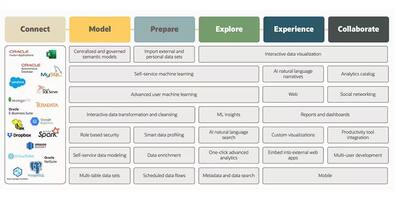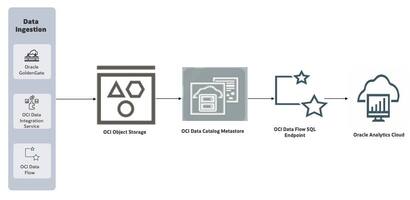
In past posts, I provided an overview of metadata repositories (MDR), the driving factors for industry to adopt them, and the challenges they face in implementing these solutions.
Although moving to a metadata-driven vision can be difficult, an MDR can provide significant value. This post provides recommendations for the industry on choosing the right MDR solution and strategies to maximize success.
Prior to leading the MDR program for one of the first sponsors in the industry, I played the business analyst role to collect requirements before we started looking at solutions. I reviewed all of the relevant standard operating procedures (SOPs) and documentation that I could find from each functional area and started diagraming how the data flowed throughout the functions, systems, and processes. Though my goal was to design the "to-be" state, what I found was that the functions were very siloed and had duplicate processes with many overlaps and gaps throughout the data flow. This realization led me and my team to put the project on hold and take a step back to document our then "as-is" state.
This leads to my first recommendation; an organization should ensure that its current business processes and data flows are well documented and understood before trying to move to new solutions or processes. It is important to move away from silos and have everyone understand what the full, end-to-end, current flow looks like, including the stakeholders, handoffs, and input/output artifacts from each process. They should also look at what works well and where there is room for improvement. This evaluation and documentation of the current state can provide tremendous benefit in mapping out the future state and avert misunderstandings later during implementation or after go-live.




